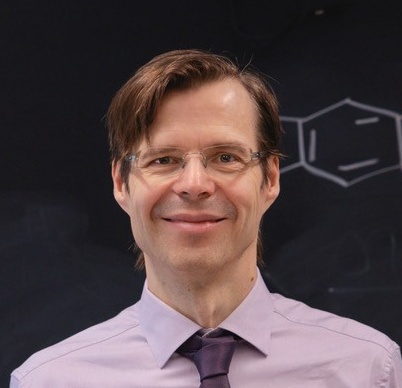Your Stories. Our Impact.

Featured
Revolutionizing Deep Brain Stimulation with Surgery-Free Bioelectronic Nanoimplants
Electronic implants have long been critical tools in healthcare, enabling life-saving diagnostics and treatments. Until now, surgical implantation has been the only viable method for deploying these devices—a major limitation that restricts accessibility, increases risk, and drives up cost. To overcome this barrier, Dr. Deblina Sarkar and her team have developed a paradigm-shifting technology: sub-cellular-sized, […]







